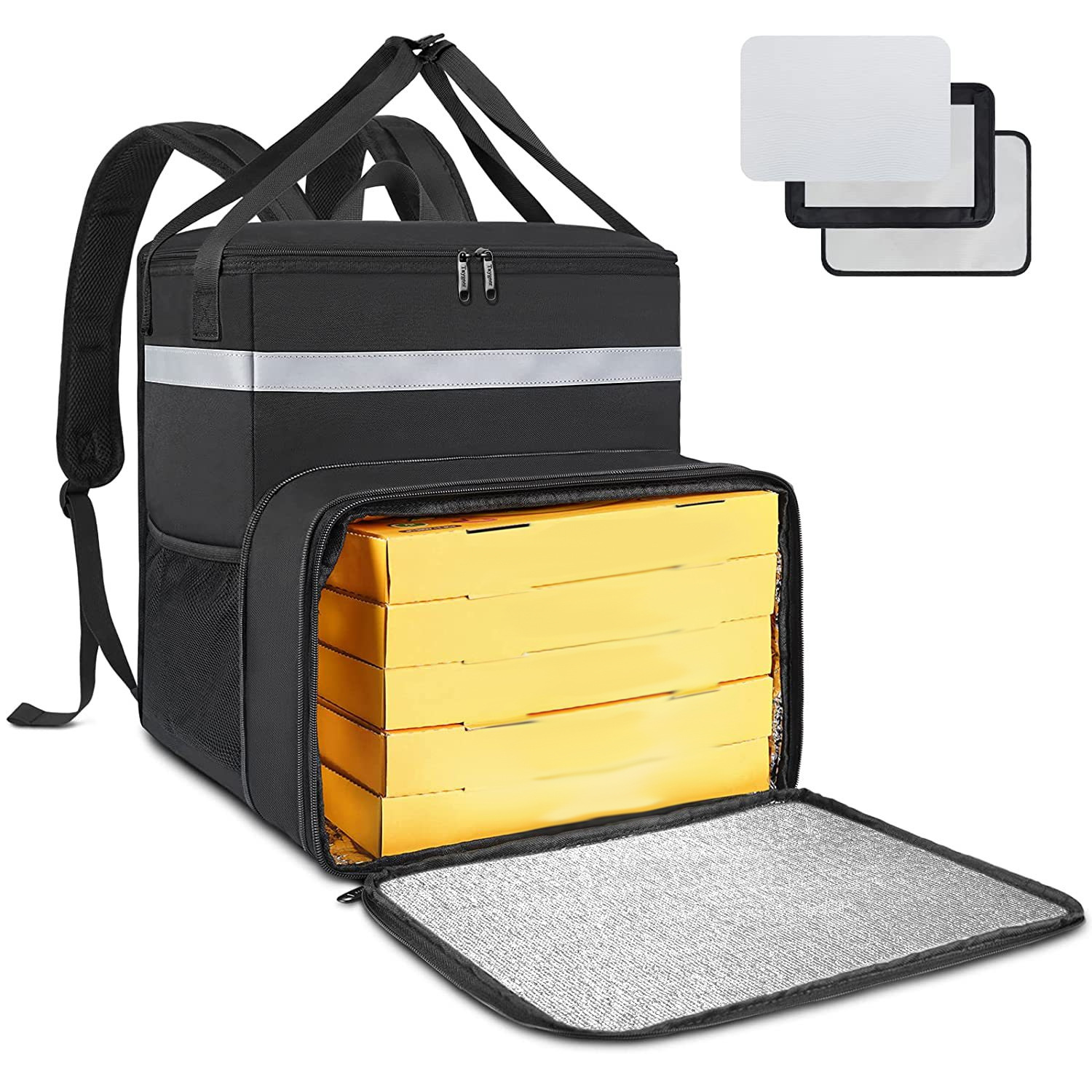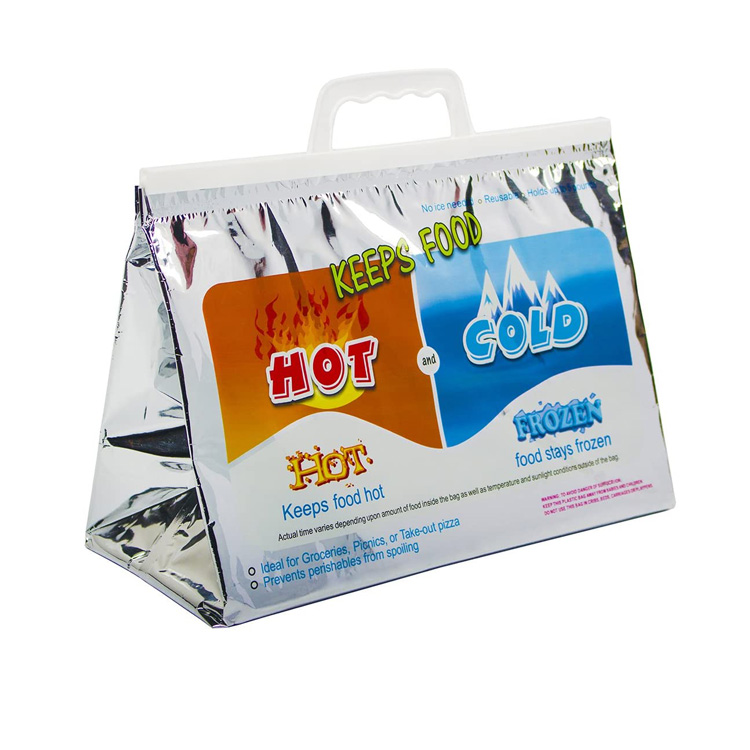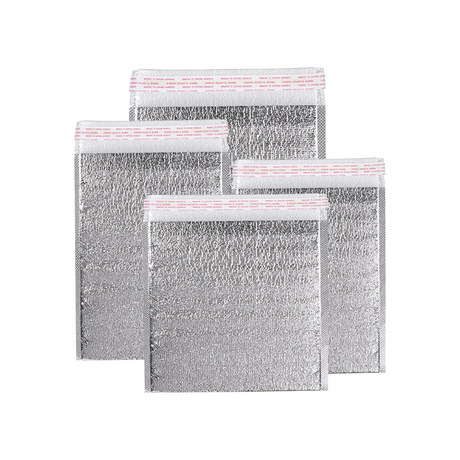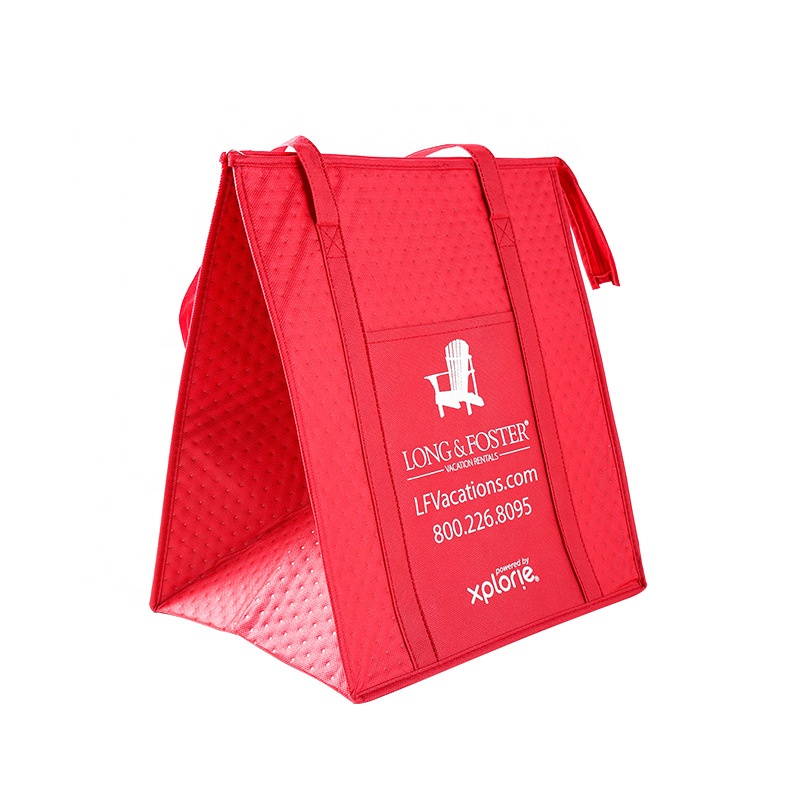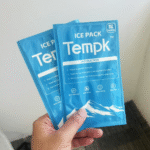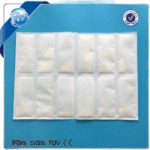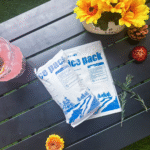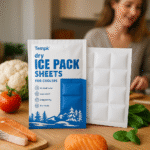Picture a chef in Paris unwrapping pristine Hokkaido scallops after a 48-hour journey. Imagine a family biting into Argentine beef that tastes as vibrant as the day it was processed. Behind these moments lies a silent revolution: kemasan makanan es kering—the unsung hero transforming global gourmet logistics. Unlike traditional cold chains that merely slow decay, es kering (solid CO₂ at -78.5° C/-109.3 ° F.) actively suspends biological time, Mengunci rasa, tekstur, and safety from farm to fork.
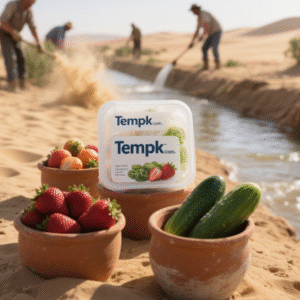
Why Conventional Cold Chains Fail Premium Perishables
Food spoilage isn’t just about temperature—it’s a race against enzymatic reactions, microbial growth, and oxidative damage. Standard solutions stumble with high-value foods:
-
Paket gel can’t reach ultra-low temps needed for sushi-grade fish or specialty meats
-
Active refrigeration fails during airport tarmac delays or last-mile delivery
-
Foam shippers allow dangerous CO₂ buildup, risking package explosions
-
Inconsistent freezing causes ice crystal damage, destroying cell structures1
Dry ice packaging solves these by harnessing sublimation science: as CO₂ transitions from solid to gas, it absorbs 573 KJ/kg panas sekitar, creating a cryogenic micro-environment that halts microbial activity while preserving moisture and texture.
Tempk’s FrostLock™ System: Where Gourmet Meets Engineering
Tempk reengineered dry ice packaging into a precision food-preservation ecosystem, integrating breakthroughs from cryogenic science:
1. Intelligent Thermal Architecture
-
Multi-Zone Insulation: Nano-aerogel cores + reflective barriers cut heat intrusion by 40% vs.. standard shippers, maintaining -70° C untuk 96+ jam even in 40°C ambients
-
Phase-Controlled Sublimation: Patented gas-diffusion layers slow CO₂ release, eliminating air pockets that cause uneven freezing in delicate items like truffles or foie gras
-
MoistureLock™ Liners: Prevent freeze-burn (a common flaw in traditional dry ice setups) by regulating humidity—critical for preserving tender textures1
2. Safety by Design, Simplicity by Default
-
Zero-Pressure Venting: Auto-releases CO₂ at 1.5 Psi (Melebihi di sini 1845 standar), preventing ruptures
-
Bare-Hand Handling: FrostGuard™ exterior enables touch-safe transport at -70°C
-
Spill-Proof Trays: Segregated dry ice compartments prevent contact with food, meeting FDA 21 CFR compliance
3. The Sustainable Cold Chain
-
Es yang ditangkap karbon: Uses recycled industrial CO₂ (mengalihkan 9 tons/month from atmosphere)
-
35% Less Ice Consumption: Optimized geometry extends cooling efficiency, mengurangi limbah
-
Reusable Ecosystem: 100+ trip lifespan (vs.. 3-5 uses for foam), slashing packaging waste by 60%
Dampak dunia nyata: From Waste to Wow
-
Sushi Revolution: A Tokyo-to-Dubai tuna supplier reduced spoilage from 12% ke 0.8%, achieving “superfrozen” (-60° C.) texture preservation
-
Artisan Cheese Rescue: A French fromagerie extended premium brie’s shelf-life by 22 hari -hari during export
-
Tropical Triumph: Philippine mango shipments to Canada arrived with 98% less sugar degradation versus gel-pack methods
Tomorrow’s Food Logistics, Hari ini
Tempk 2025 IoT-integrated packs will embed:
-
Sensor Sublimasi predicting dry ice replenishment needs
-
GPS thermal mapping for real-time freshness audits
-
Blockchain-enabled freshness ledgers from producer to consumer







